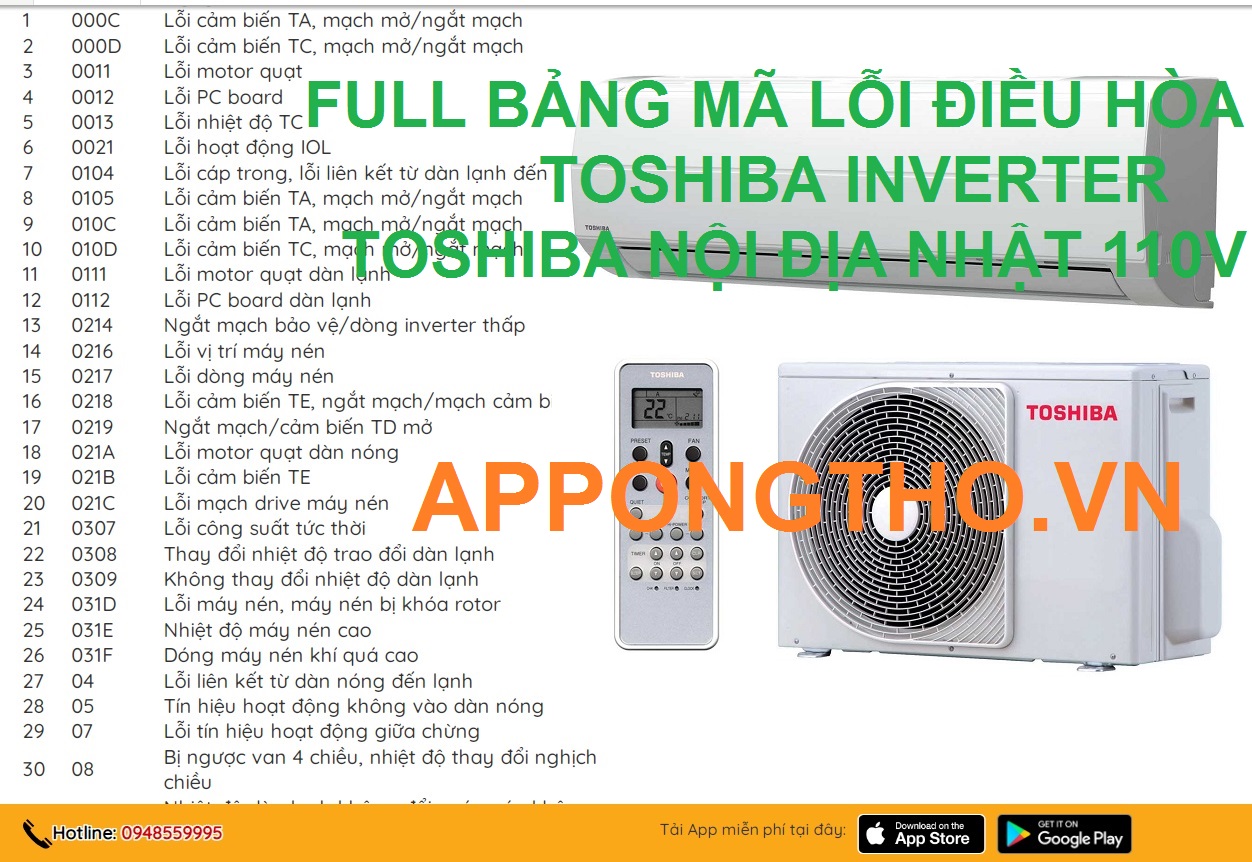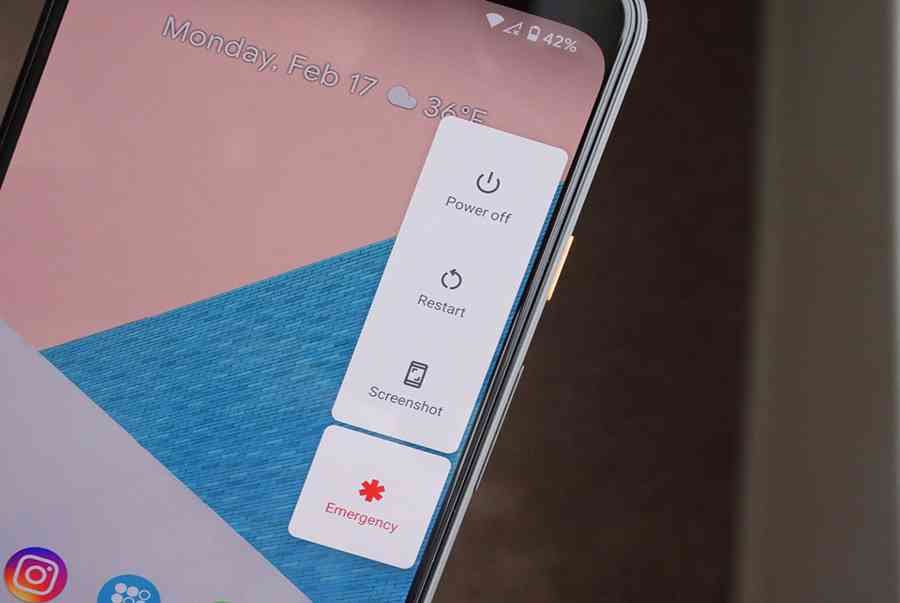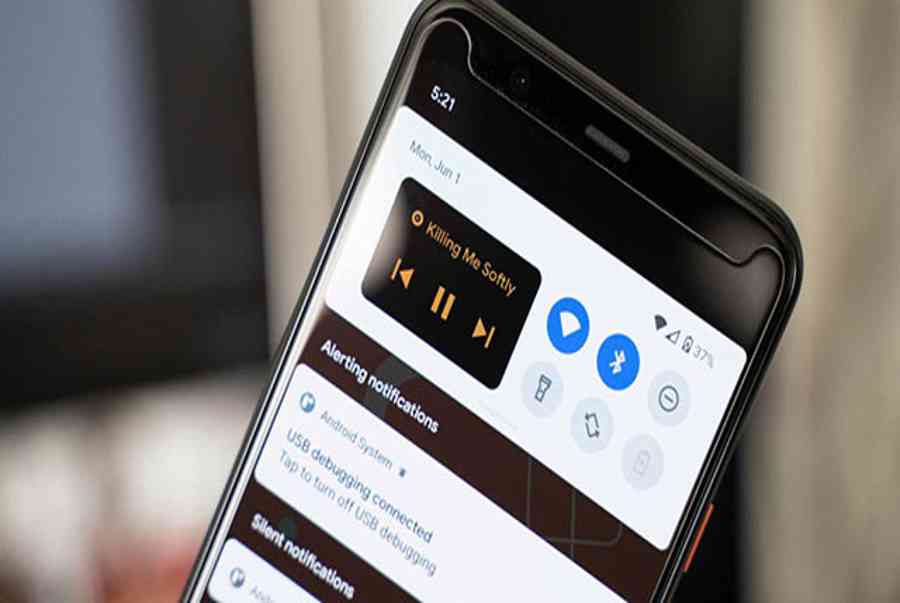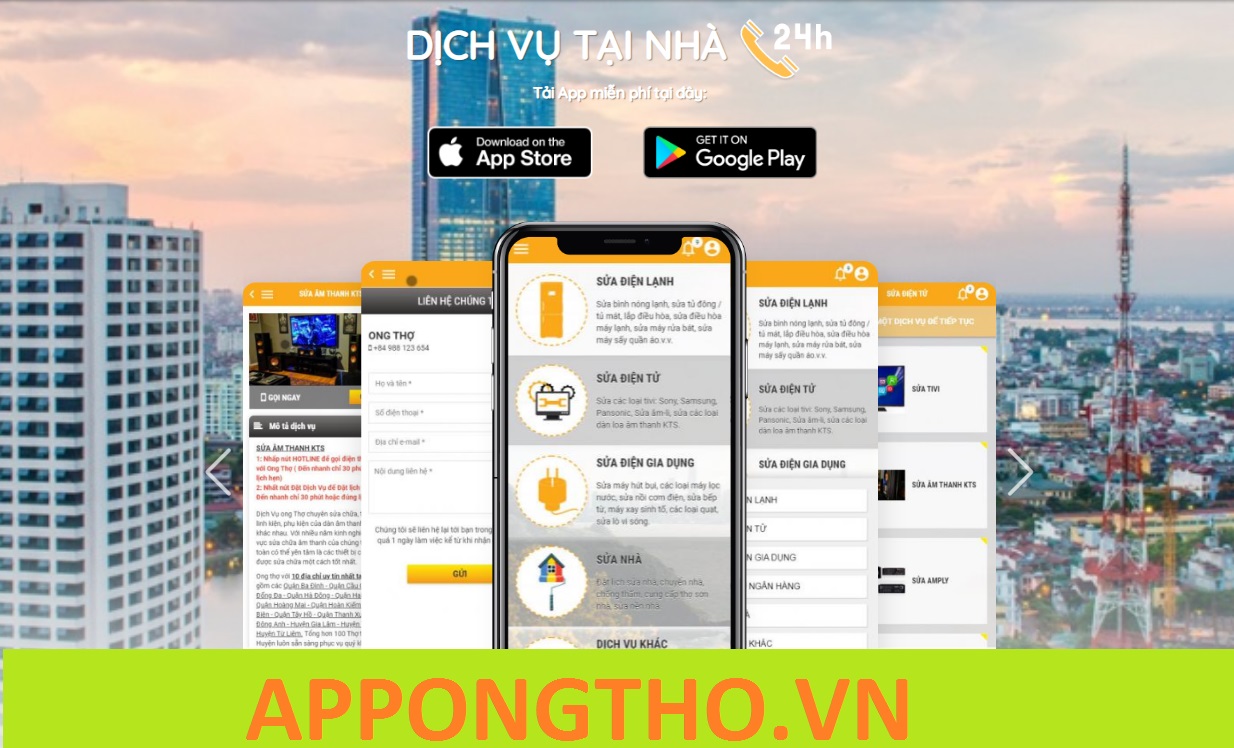9 app marketing strategies you must know | Adjust
1. Your app’s website
This is your app’s introduction to the world. Having a landing page is a critical app marketing strategy that allows users to learn more about your app on mobile or desktop. This is a cost-effective strategy where search engine optimization ( SEO ) can be used to organically attract new users, as well as feed into your paid user acquisition strategy. To get started, use SEO tools like Semrush or Ahrefs to complete keyword research around the topic of your app. Use these keywords as the pillars to build strong, compelling copy for your website .
Landing page
When setting up your app’s landing page, it’s vital to offer an appealing and accurate visualization of what users can expect when they install your app. Use your landing page to its full potential by including :
- Screenshots and videos of your app in action
- Short, powerful copy
- Links to your app on the App Store and/or Google Play Store
- A clear call to action (CTA)
- A video trailer
- Social proof in the form of ratings, reviews, and/or awards
Blog
Bạn đang đọc: 9 app marketing strategies you must know | Adjust
This is another way you can use keywords to reach your target audience without keyword stuffing on your landing page. Keyword stuffing is when you overload your copy with keywords in the hopes of ranking in the top search results, and Google will actually lower your ranking if it identifies that you are doing this. You can amplify the reach of your blog content by sharing new posts across your social truyền thông channels, by mixing guest posts into your strategy, and by contributing as a guest on other blogs. Continually leverage analytics to optimize and discover which type of content is the most beneficial to your overall strategy .
Examples of engaging blogs from mobile apps include dating app Bumble’s The Buzz, mobile game Clash of Clans, and fitness app MyFitnessPal .What it boils down to: Make sure your website is showing your app messaging in the best light and is optimized with SEO to appear at the top of users’ search results.
2. App store optimization
App store optimization is the process of improving your app’s visibility in the App Store and Google Play Store. It’s similar to SEO, but used specifically for your ranking within app store search results. This is critical to your user journey because even if your chiến dịch successfully generates a large number of clicks to an app store, your app still needs to be well-presented on its listing to convert these leads to installs. ASO can also attract organic users without cost .
Just like SEO, ASO requires you to identify and utilize keywords that will help your app rank high in the App Store. Similar to your landing page, it is essential to include screenshots and videos of your app in use. Make use of secondary app categories so users have more than one way to find your app. If possible, you should also localize your app store entry for the biggest impact .
Learn how to take your listing to the next level with our comprehensive ASO content .What it boils down to: Before you start spending money on lead generation, make sure those leads will convert with a spectacular app store listing.
3. Social media marketing
As an app marketer, you can’t afford to miss out on social truyền thông activity. Users spend two and a half hours on social networks every day ! It’s smart to post regularly across your social truyền thông channels and use it for more than just raising awareness of your product. For example, social truyền thông is a great way to build a community and get feedback from users who wouldn’t be incentivized to contact you in-app or through your website .
Content for your social truyền thông channels can include blog entries, competitions, discussion threads, and even user-generated content. Your market research will help identify which contact formats are most common for your app’s vertical, which channels are the most effective, and which types of posts have the highest consumer engagement. Engaging channels can be particularly useful for apps that have social elements, such as fitness and gaming. You can also integrate social truyền thông into your app by enabling users to easily share content from your app on their social truyền thông channels .What it boils down to: Your audience is on social media, so you should be too.
4. Influencer marketing
86 % of consumers say authenticity is an important part of their decision to tư vấn a brand. Influencer marketing, which is the use of content creators to promote your app, can help convey the personality of your brand when executed well. This app marketing strategy has taken the industry by storm, with spend on influencer marketing expected to reach USD 6.16 billion in 2023 .
There are many ways in which influencers can be used to achieve your marketing goals. It’s important to keep in mind that there is a fine line between coming across as authentic through influencer marketing – and the exact opposite. Above all else, choosing the right influencer for your brand will be the most important step .You can give an influencer ‘freebies’ that they can share with their audience or you can opt for a paid product placement. A paid ad will allow a brand more creative control. On the other hand, simply offering your goods to the right influencer is a cost-effective way to reach your audience. Plus, it allows the unique personality of the influencer to show through, making a recommendation feel more genuine.
Verticals like e-commerce will have unique ways to work with influencers. For example, fashion influencers could use your app to create lookbooks that can be featured across your app and shared across their social truyền thông channels .
Influencer marketing is a great way to introduce users to the functionality of your app and give them a unique reason to install based on their interest in a particular creator .What it boils down to: Make sure that your brand and audience align with an influencer’s brand and audience before working together to get the best result.
5. Paid UA campaigns
Paid UA is the practice of bringing new users to your app through paid ads. This app marketing strategy requires you to set up campaigns and adjust your ad spend over time for the best results. With more ad formats available than ever before, you can even turn traditional marketing channels like TV into digital performance channels with connected TV ( CTV ) formats .
To get the best bang for your buck ( also known as return on investment ROI ), it’s important to know the user personas you want to attract and the specific events you want them to complete as a result of your marketing efforts .
When analyzing the success of your campaigns and adjusting your spend for better results in the future, you will have to observe data and spot trends in customer behavior. Your attribution provider will help you measure these results by tracking how many users performed each action. You will then receive reports that show the best-performing channels, creatives, and more .What it boils down to: Maximize your budget with regular measurement and optimization of your spend for the most effective UA campaigns.
6. Retention campaigns
Your retention rate is the percentage of users who are still active after a certain period of time. Adjust data reveals the average retention rates on iOS for Day 1 ( 28 % ), Day 7 ( 13 % ), Day 21 ( 8 % ), and Day 30 ( 7 % ), but retention rates can be vastly different depending on app vertical .
After acquiring a number of users, app marketers can turn their attention to retention as a means of boosting lifetime value ( LTV ) and ROAS. This is a great strategy as users are cheaper to retain than they are to acquire. The aim is to identify where users usually churn and retain them before this happens. For the best results, identify your most valuable users and concentrate your retention efforts on this group .
Retention rates can also highlight areas of improvement for your app. For example, if you see that you have an unusually low retention rate on Day 1, there may be an issue with signing in or your onboarding experience. Read Adjust’s guide to user retention strategies to learn more about retention campaigns. This includes the KPIs you need to measure, which events to track, and other best practices .What it boils down to: You’ll end up spending less money on UA by shifting focus to retaining users who have already demonstrated intent.
7. Email marketing
Creating a mailing list is a great way to regularly update users and send promotional offers. This app marketing strategy can help you increase retention rates and generate revenue. Marketers primarily use email for UA ( 84 % ) and retention ( 74 % ) .
A significant benefit to email marketing is that it is an opt-in marketing channel. This means that only those who have signaled interest are going to be exposed to your marketing content. Email marketing is also a great way to offer your most loyal users unique benefits.
Your CTA is critical for email marketing campaigns. Even small tweaks can make a huge impact. For example, hardware website Toast found having a singular call to action increased clicks by 371 % for email campaigns. It’s also important to personalize emails for the best results. Hubspot found that personalized CTAs outperformed basic CTAs by 202 %. Test different variables to see what works best for your own audience .
What it boils down to: Adding email into your mix creates a more robust strategy overall and can be easily optimized with testing.
8. Prepare a media strategy for your app
Contacting the press at opportune moments is a smart way to spread awareness of your app and gain không lấy phí exposure. A Mobile Spree talk by Dig co-founders Leigh Isaacson and Casey Isaacson detailed ways app marketers can harness the media’s interest .
Source: https://thomaygiat.com
Category : Ứng Dụng


Tự sửa lỗi điều hòa Toshiba cùng ứng dụng Ong Thợ
Tự sửa lỗi điều hòa Toshiba cùng ứng dụng Ong Thợ https://appongtho.vn/ma-loi-dieu-hoa-toshiba Khi máy điều hòa Toshiba của bạn gặp sự cố, việc tự kiểm…

15+ app hack game đỉnh cao giúp bạn làm chủ mọi cuộc chơi
Cùng với sự tăng trưởng của ngành công nghiệp game, những app hack game không tính tiền cũng tăng trưởng theo để giúp người chơi…

Hướng dẫn khắc phục nhanh lỗi vào ứng dụng Android bị văng ra liên tục
Thế giới Android rất phong phú khi nói đến phần cứng. Mặc dù điều đó mang lại những tùy chọn phong phú cho người dùng…

Top app giả lập pc trên điện thoại android
Bạn muốn giả lập pc trên điện thoại cảm ứng android nhưng chưa biết phải làm bằng cách nào ? Hãy cùng Hoàng Long PC…

Tổng hợp game Gameloft mod hay nhất cho Android
Mục ChínhTổng hợp game Gameloft mod hay nhất cho AndroidTổng hợp game Gameloft hack mod hay nhất cho Android1. Asphalt 8 mod cho Android – Thể…

Android 11 – Hệ điều hành Android 11 mới nhất – https://thomaygiat.com
Hệ điều hành Android 11 đã chính thức ra mắt, cung cấp cho bạn khả năng điều khiển thiết bị mạnh mẽ, những cách dễ…
![Thợ Sửa Máy Giặt [ Tìm Thợ Sửa Máy Giặt Ở Đây ]](https://thomaygiat.com/wp-content/uploads/sua-may-giat-lg-tai-nha-1.jpg)
